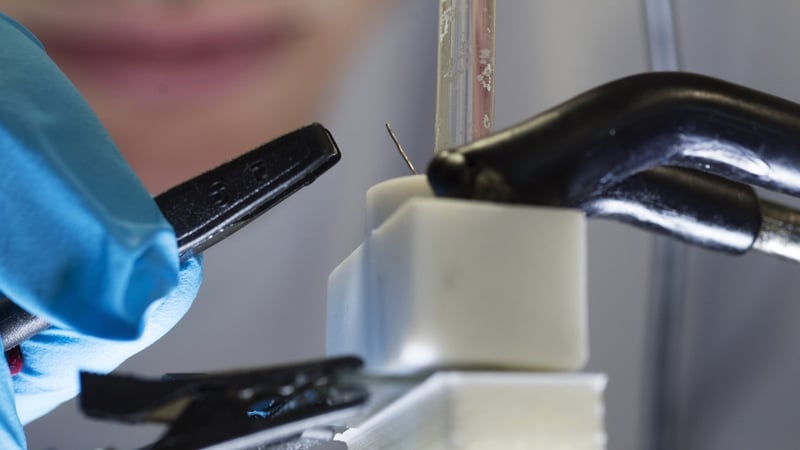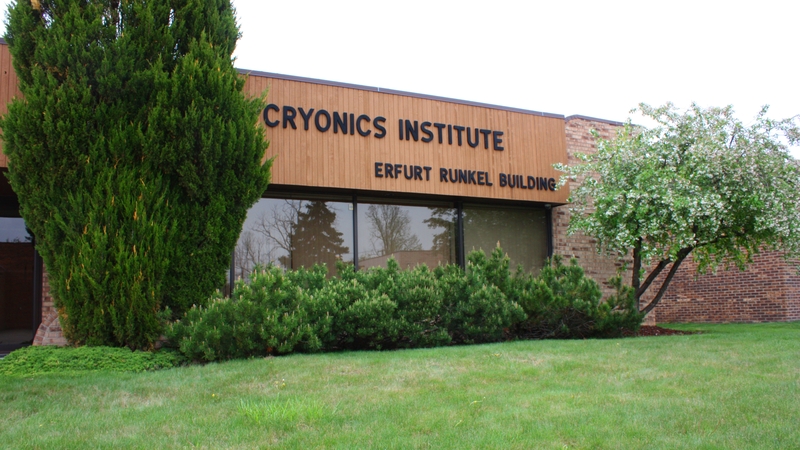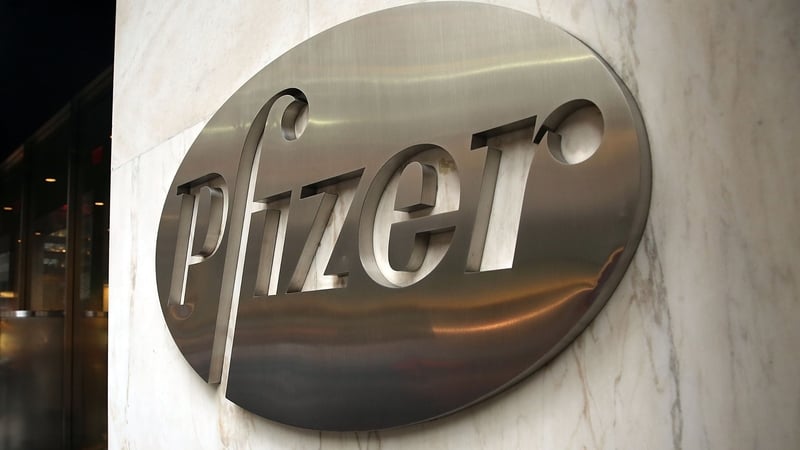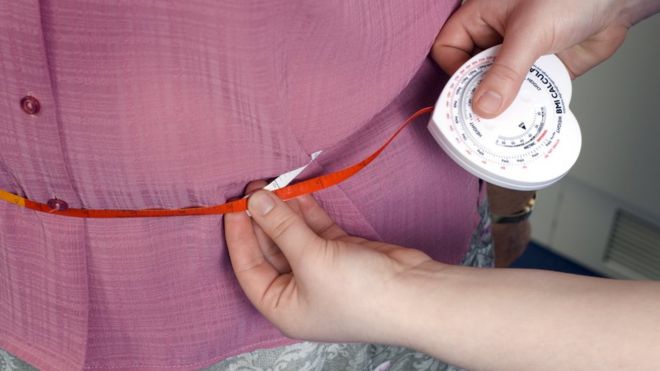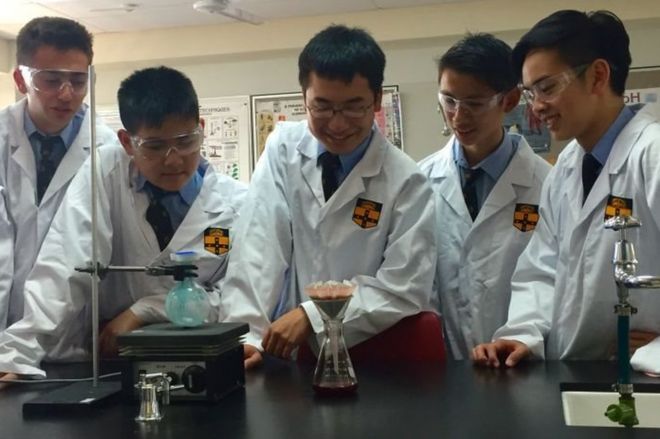All people with haemophilia who required treatment for Hepatitis C have now been offered treatment, with excellent success rates. A small number of people in the country decided not to take treatment because of their age or for other reasons.
From the 1970s to 1991, a total of 240 people with haemophilia were infected with Hepatitis C by blood products, used for the treatment of haemophilia.
Of these individuals 105 were also infected with HIV.
To date, 112 people have died of either HIV or Hepatitis C.
"This was the largest medical disaster in the history of the State and it devastated the entire haemophilia community", said Brian O'Mahony, Chief Executive of the Irish Haemophilia Society.
He said that thousands of people in the country still suffer from the disease and there is a plan to eradicate Hepatitis C in the country over the next number of years.
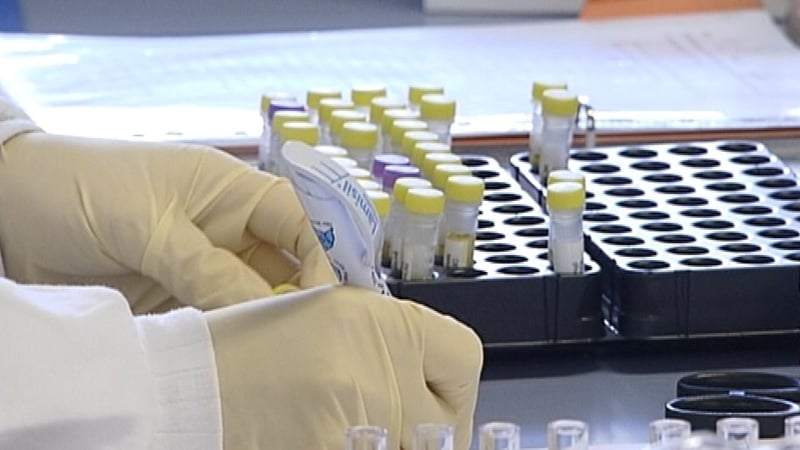
This led to the establishment of the Lindsay Tribunal of Inquiry in 2001.
People with haemophilia who were infected with Hepatitis C were supported by the society, as they sought and underwent treatment over the past number of years.
Treatment uptake among people with haemophilia was strong, despite the harsh side effects and long duration of previous treatments.
By 2015, all but 37 people had successfully cleared the virus through treatment.
The availability of the new generation of direct acting antivirals in 2015 provided an opportunity for successfully treating the virus with a less harsh regime and a much shorter duration of treatment.
The society advocated strongly for the availability of these treatments for people with haemophilia and in July 2015.
It received an assurance from the Department of Health that all State infected patients, including people with haemophilia, would be treated no later than the end of 2017. That target has now been exceeded.
All people with haemophilia have now been offered treatment.
The majority have now completed treatment with a small number currently undergoing treatment.
The success rates to date have been in excess of 90%.
For those who have cleared this virus, their future risk of serious liver disease or liver cancer has been very significantly reduced.
New MS drug a 'landmark development'
Doctors and charities have described a new drug to treat multiple sclerosis as a "landmark development".
The European Medicines Agency and the US Food and Drug Administration are reviewing whether to licence the drug, Ocrelizumab.
The results of three trials involving more than 2,000 people, published in the New England Journal of Medicine, show it slows both the primary progressive and relapsing-remitting forms of the disease.
Support groups said the findings offer a lot of hope to patients.


